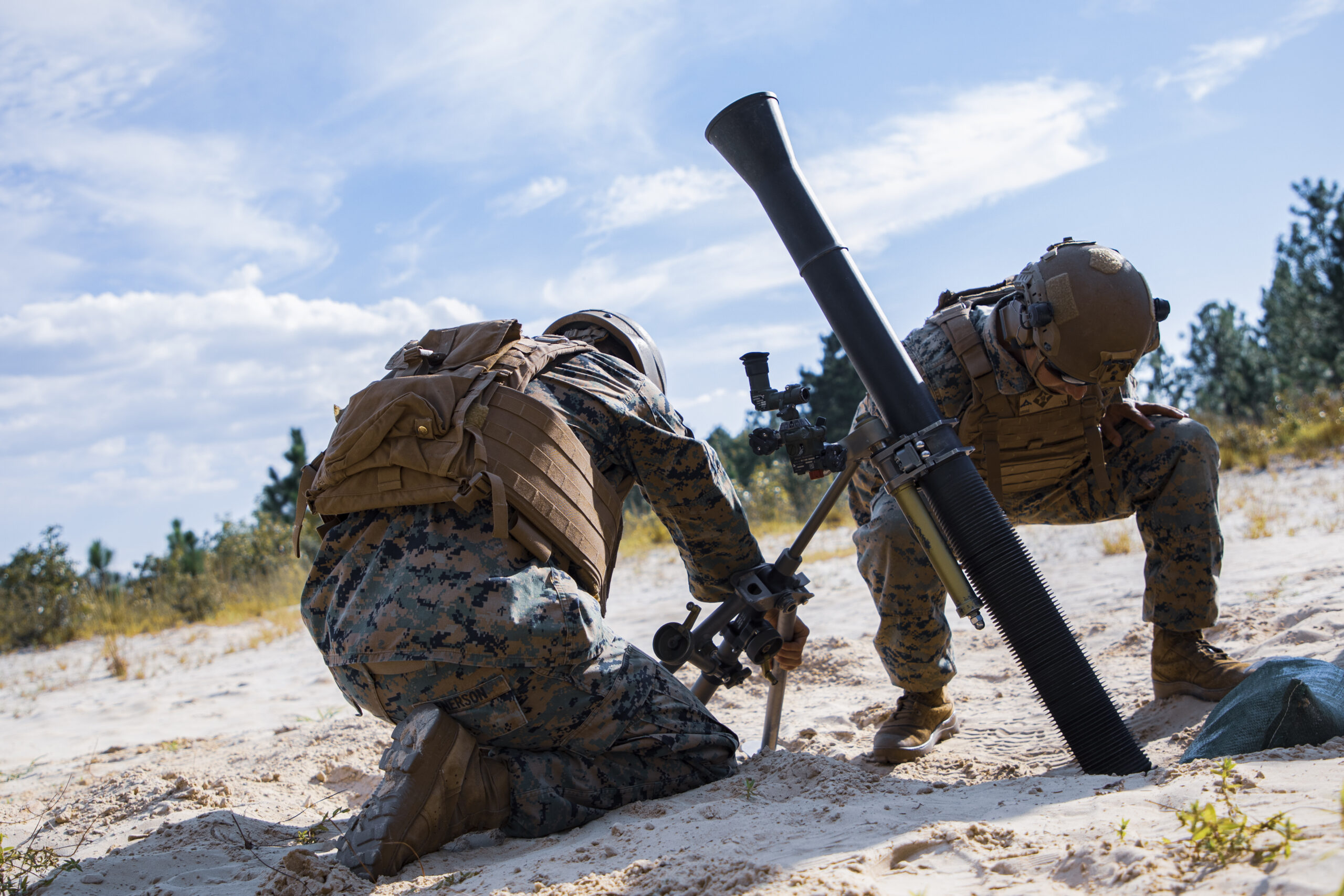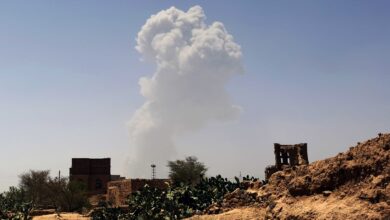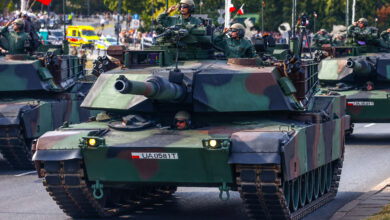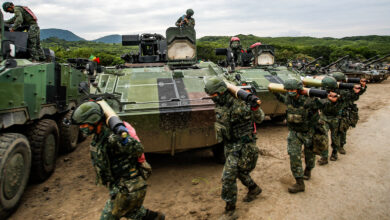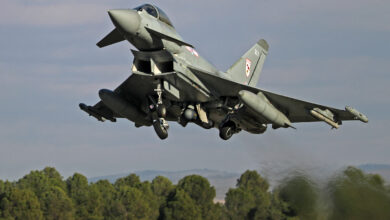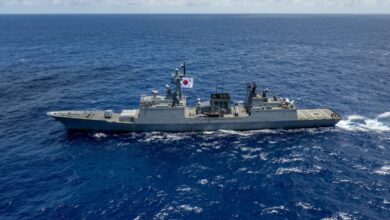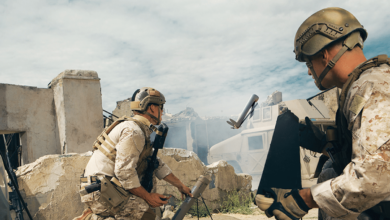US Marine Corps Transitions to Virtual Mortar Training to Lessen Blast Effects
The US Marine Corps (USMC) is transitioning its rocket and mortar training to the virtual realm to reduce soldier exposure to blasts and eliminate associated health risks.
Spokesperson Morgan Blackstock revealed that the virtual training systems at bases in California, North Carolina, and Okinawa will soon incorporate the M252 60mm mortar and the M3A1 shoulder-fired rocket.
The trainers were previously limited to machine guns, rifles, and pistols.
According to Blackstock, the virtual training will be more than just a video game, as it will replicate the actual look, weight, and feel of rocket and mortar systems.
It will provide “everything but the blast,” ensuring that soldiers can achieve top performance during actual live-fire exercises.
“Marines bring their real [rockets] from the armory, and the drop-in kit is installed to simulate fires onto the screens,” the spokesperson noted. “The mortars are replicas that operate like real mortars and can use real tactical optics and bipods.”
Increased Protection From Blasts
The transition to virtual training comes amid calls to provide troops with increased blast protection to avoid brain injuries.
Pentagon data shows that between 2000 and 2023, nearly half a million US military personnel were diagnosed with a traumatic brain injury. Most of them had prolonged exposure to blasts.
Last month, the US Department of Defense issued a new policy guideline to ensure the provision of adequate protective equipment to anyone firing certain weapons.
It also mandates the observance of specific safe distances during live-fire exercises and training.
“From a safety perspective, we are committed to preventing negligent discharges,” USMC safety chief Tripp Elliott said. “We’re also focused on mitigating the impacts on hearing and preventing traumatic brain injuries.”

